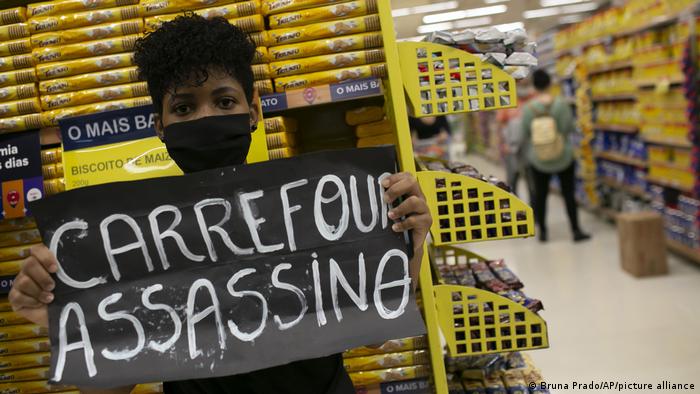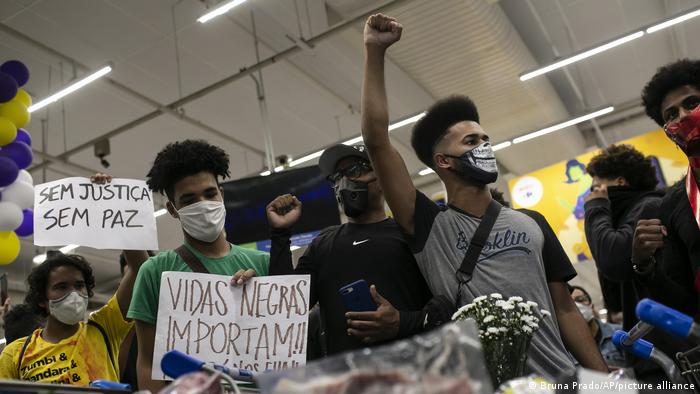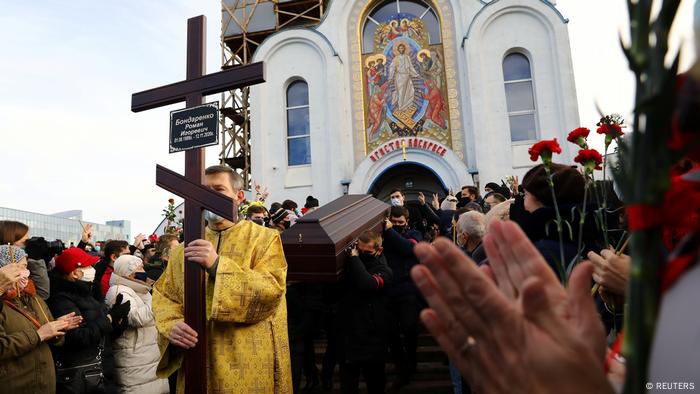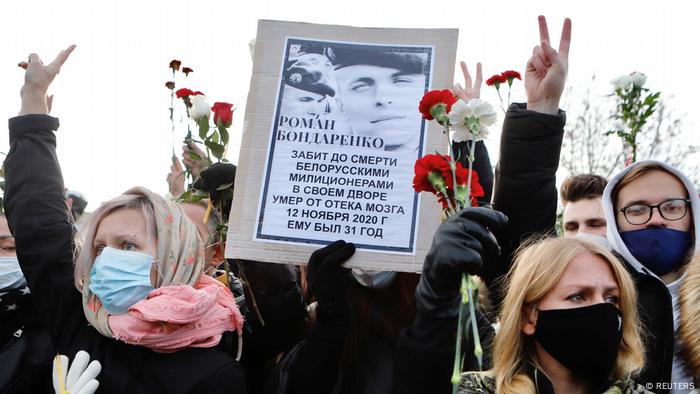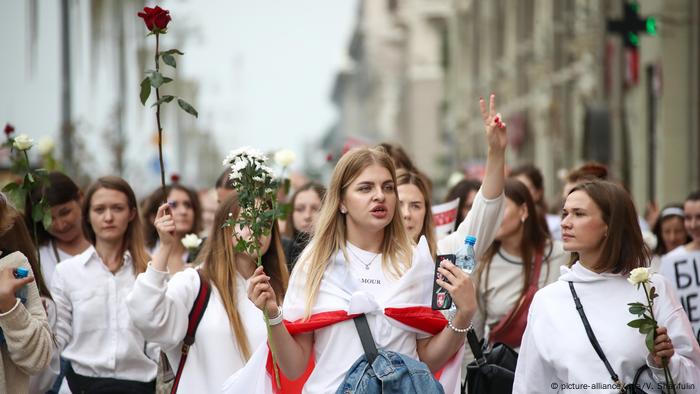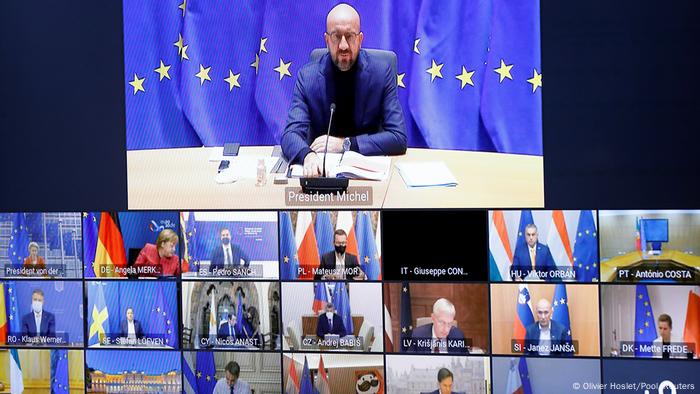The Tragedy of a Ruined Telescope
One of the world’s most beloved observatories is being demolished before its time.RICARDO ARDUENGO / AFP / GETTY
One of the most powerful telescopes in the world is on the brink of collapse.
Arecibo, a giant radio observatory nestled in the lush mountains of Puerto Rico, did some of the dreamiest work in astronomy. But it was forced to stop operations this year after suffering unprecedented damage, and officials now believe that it is beyond repair. Instead of trying to fix it, they’re going to tear it down.
The trouble began in August. A metal support cable weighing thousands of pounds slipped out of its socket and plummeted into the cavernous, 1,000-foot-wide radio dish in the middle of the night. The cable, installed in the 1990s, was considered fairly new for an observatory that began operations in 1963, and the incident confounded Arecibo’s stewards. The cable “definitely should not have failed in the way it did,” Ashley Zauderer, the Arecibo program director at the National Science Foundation,which owns the telescope, said during a press conference today.
By the time the sun rose the next day, the telescope was transformed. The great Arecibo, where the fictional astronomer Ellie Arroway scanned the cosmos for unexplainable phenomena in Contact—and where countless real astronomers did the same—now resembled a crumbled set from an apocalyptic disaster movie.

UNIVERSITY OF CENTRAL FLORIDA
Officials were hopeful they could repair the damage, and outlined a plan. But earlier this month, just days before engineers were scheduled to try to stabilize the telescope, another piece of hardware came smashing into the dish. A main cable, one of the originals installed when the observatory was built, had snapped, causing even more damage. Engineers had recently inspected the cable, and though they saw that some of its exterior wires had torn, they thought it was strong enough to hang on. “It was just not seen as an immediate threat, and I don’t think anyone understood that clearly the cable had deteriorated,” Zauderer said. The gut punch is that this main cable was scheduled to be replaced this year.
The Arecibo Observatory faces an “uncontrolled catastrophic collapse,” Ralph Gaume, the director of the astronomy division at the NSF, told reporters this morning. The structure is so unsteady that it’s too dangerous for engineers to inspect it up close. “According to engineering assessments, even attempts at stabilization or testing the cables could result in accelerating the catastrophic failure,” Gaume said. Engineers fear that more cables could break and crash into the dish.
Arecibo has provided observations for discoveries within the solar system and well beyond. It is considered a landmark in the field of SETI, the search for extraterrestrial intelligence, and one of the best spots for studying potentially hazardous asteroids near Earth.
Over the years, Arecibo has built a reputation as a resilient institution; it has faced danger and damage, but it has always endured. In its lifetime, it has survived earthquakes and storms, including the hurricane that devastated Puerto Rico in 2017, which damaged some of the dish. This year, a month before the first cable failure presaged Arecibo’s downfall, the observatory weathered a tropical storm in silence and then powered up as soon as the skies cleared, ready to chase an asteroid as it zoomed past Earth. Even after the second cable broke this month, officials wanted badly to save the telescope. “It’s just too important of a tool for the advancement of science,” Francisco Cordova, the observatory’s director, said at the time. The expectation was that Arecibo would bounce back yet again.
Engineers are now working to quickly formulate a plan to demolish the telescope before it collapses on its own. Arecibo’s demise is a different fate than astronomers are used to. Hardware of all sorts ages and breaks—Hubble, another famed telescope, is operating with fewer working parts than it launched with 30 years ago. But it is unusual to wreck an observatory because you have no other choice, and so unexpectedly too. Engineers have deliberately destroyed spacecraft before, such as Cassini, which plummeted into the atmosphere of Saturn, and Galileo, which met a similar end on Jupiter, but those goodbyes were planned. Scientists had the chance to make their final observations and close up shop. The spacecraft were running out of fuel, and soon their scientific instruments would fall silent. Their missions were over. Arecibo’s was not.
We want to hear what you think about this article. Submit a letter to the editor or write to letters@theatlantic.com.
2020 Came for One of Earth’s Most Famous Telescopes
The Arecibo Observatory in Puerto Rico suffered unprecedented damage this week, the latest in a series of recent misfortunes.
If the name Arecibo sounds familiar, it is probably because you’ve seen Contact, the 1997 movie adaptation of Carl Sagan’s sci-fi novel of the same name. Dr. Ellie Arroway works at the Arecibo Observatory, scanning the skies for mysterious radio signals from faraway stars. In one scene, she gazes at the cavernous 1,000-foot radio dish, nestled in lush mountains, under a clear, blue sky.
The real Arecibo Observatory, built inside a natural sinkhole in Puerto Rico, is just as breathtaking as it looks in the movies, and it has provided countless observations to many real astronomers since it began operating in 1963. Over the years, Arecibo has produced a trove of scientific discoveries inside the solar system and beyond. It is one of the most powerful telescopes in the world. Arecibo is where the field of SETI, the search for extraterrestrial intelligence, began in earnest, with visionaries who believed that someday we would make that triumphant first contact. And it can’t catch a break.
The telescope’s latest mishap unfolded earlier this week, in the middle of the night. A metal support cable snapped and fell into the dish. The force of the impact ripped a 100-foot-long gash in the aluminum. The mesh of steel cables supporting the massive dish broke too, dropping debris on the grass below.
“We have seen nothing like this at Arecibo before,” Zenaida Gonzalez Kotala, a spokesperson for the University of Central Florida, one of the institutions that operates the observatory, told me. Engineers don’t know yet what caused the cable to break. For now, the telescope has paused observations.
Read: Waiting for a signal from Arecibo
It might be tempting to react to this photograph in the way many of us have responded recently to bits of bad news against the backdrop of the pandemic: Really, 2020? You couldn’t leave Arecibo alone? But Arecibo has experienced its share of disasters, large and small. In its efforts to survey the cosmos and uncover worlds beyond imagination, the observatory has been repeatedly derailed by the most earthly of obstacles. Earth is the only home we’ve got in the universe, but sometimes the planet can really ruin the view.
The trials that Arecibo has experienced over the years sound almost biblical in their proportions. In September 2017, Hurricane Maria devastated Puerto Rico, knocking out power across the island for months. The observatory famous for once broadcasting a radio message into the cosmos intended for any intelligent civilizations fell silent. During the storm, an antenna suspended over the observatory fell and punctured the dish, tearing a hole in the aluminum. But the observatory was back up and running within a week, powered by generators.
The hurricane struck at a moment when Arecibo’s future seemed more uncertain than ever. The National Science Foundation, which owns Arecibo, was already considering passing the observatory off to someone else so it could focus—and spend money on—other, new projects. Some feared the hurricane damage would make the NSF pull the plug, but the foundation eventually negotiated an agreement with a trio of institutions to take over operations, and astronomers around the world sighed in relief.
Then, in January of this year, the earthquakes came. The tremors, some as strong as 6.4 magnitude, made observations impossible, and no one was allowed on-site. The dish wasn’t damaged, not like it was after an earthquake in 2014, but the observatory was forced to stop operations until the shaking from nearly a dozen quakes subsided.
The coronavirus pandemic has prevented astronomers from visiting Arecibo, but the telescope can be operated remotely, so the work continued. Even in the middle of a plague, Arecibo found itself facing more natural disasters. An asteroid that astronomers wanted to observe zoomed past Earth just as Tropical Storm Isaias struck Puerto Rico in July. Arecibo went quiet as the storm approached, then leapt into action as soon as it passed. Researchers managed to study the asteroid for two and a half hours, just enough time to learn about its shape and orbit.
When the cable fell this week, Arecibo was still recovering from Hurricane Maria. Even three years after the storm, although the structural damage had been repaired, technicians were still in the careful process of recalibrating the dish to restore its sensitivity to high-frequency radio waves. “That takes a lot of time,” Abel Méndez, an astrobiologist who directs Arecibo’s Planetary Habitability Laboratory, told me. “You can still use the observatory, but it won’t be as sensitive as before." Now they will have to begin the effort anew.
When Méndez saw the photo of the latest damage, he was in disbelief. He had used the telescope just last week to observe a favorite target, Barnard’s star, one of the stars closest to Earth. Officials don’t know how long Arecibo will remain out of commission, and when it ultimately recovers, the star will still be there. But some other targets will have come and gone. The outage may prove most debilitating for astronomers who use the observatory to detect near-Earth asteroids. Three years ago, when Arecibo was struggling to rebound from Hurricane Maria, other observatories around the world were scrambling to observe the first-known object to ever come from another solar system, the asteroid called ‘Oumuamua, as it raced past Earth. “We missed that opportunity,” Méndez told me.
Méndez believes Arecibo will recover from the latest setback, just as it always has. The observatory has proven its resilience, and it should have a long career of making cameos in sci-fi movies ahead of it.
“It’s frustrating,” Méndez says, but “I always see this as, Okay, stop for a moment, but we will be back soon. It’s not like I feel that it’s doomed.”
![]()
MARINA KOREN is a staff writer at The Atlantic.
